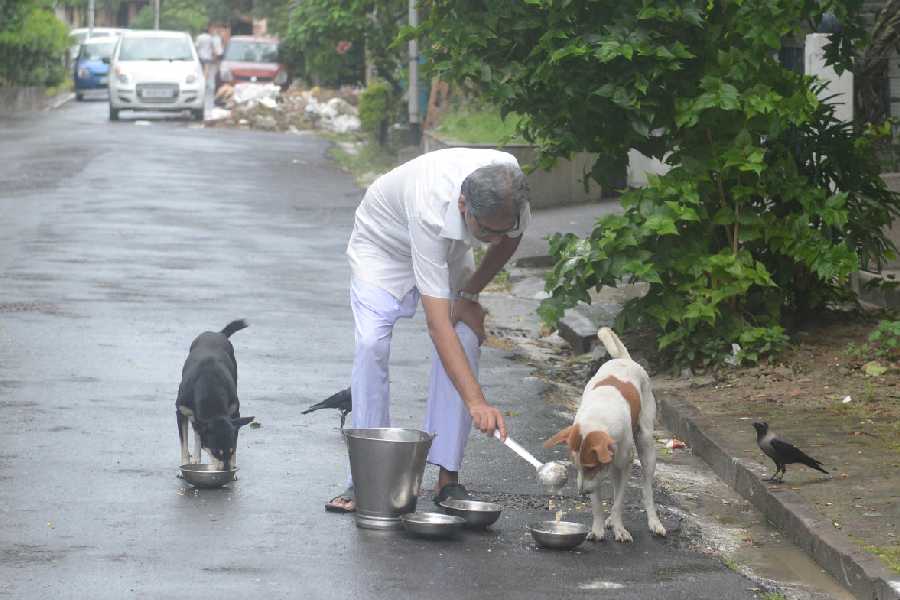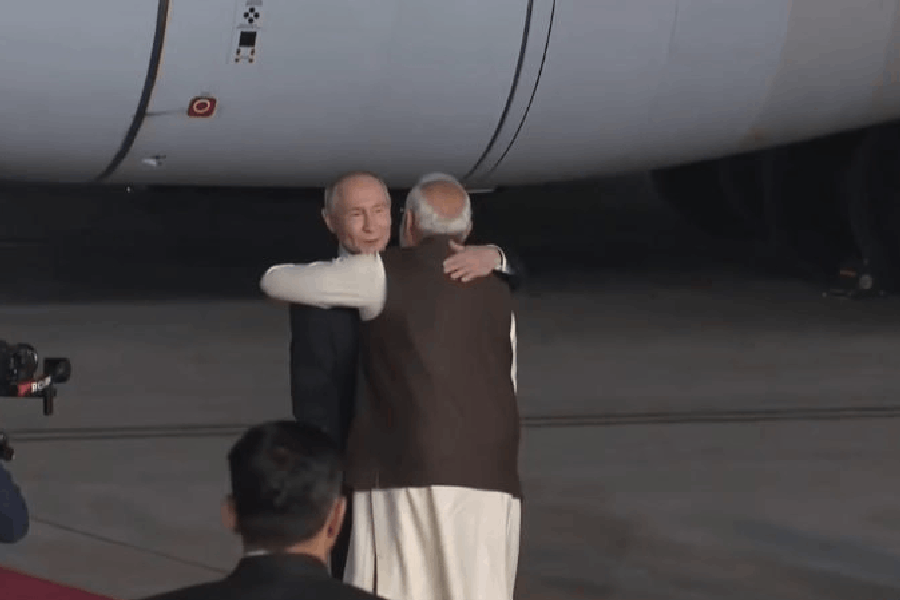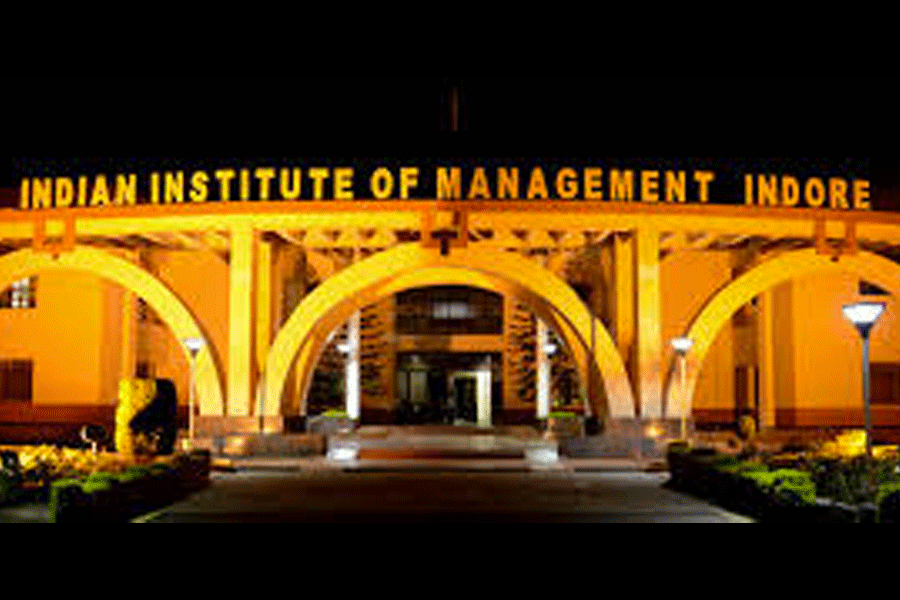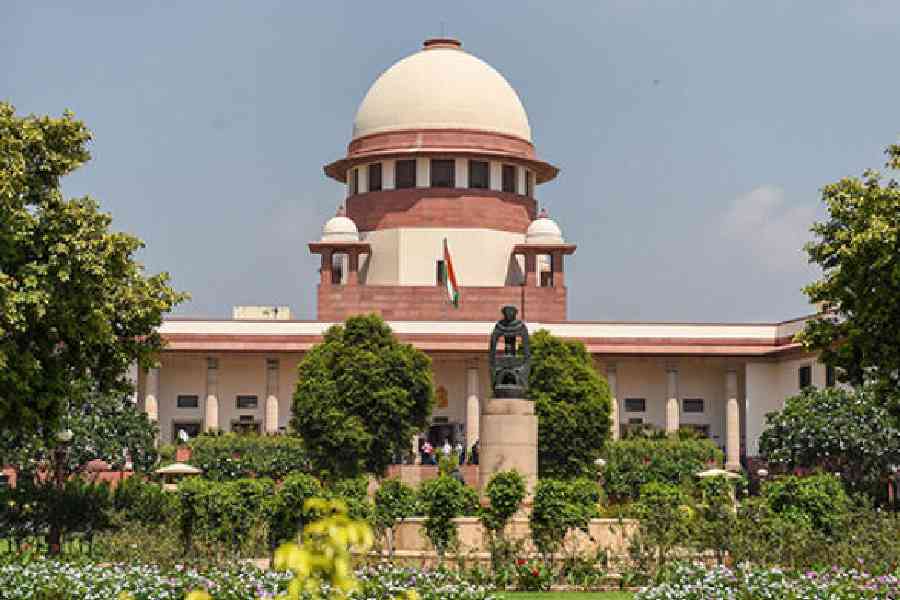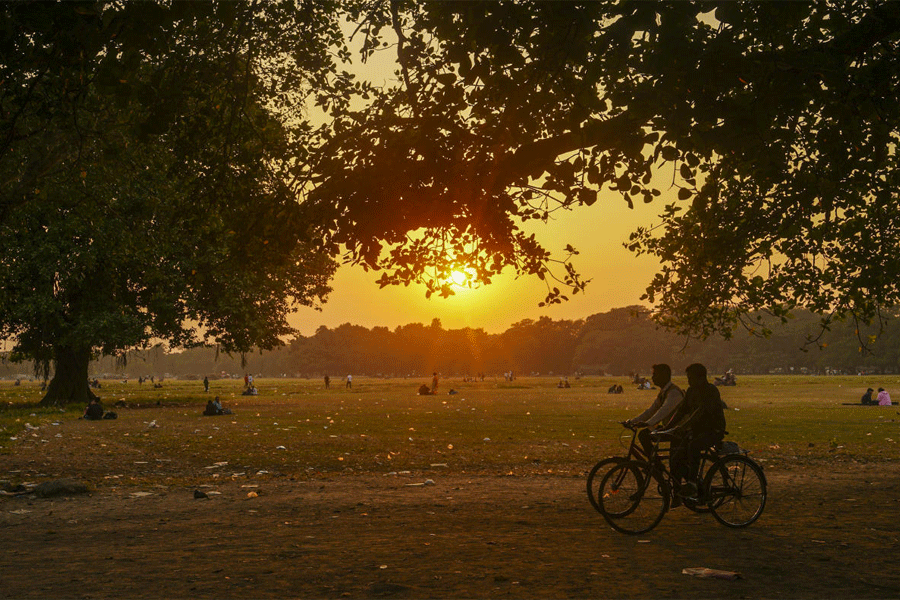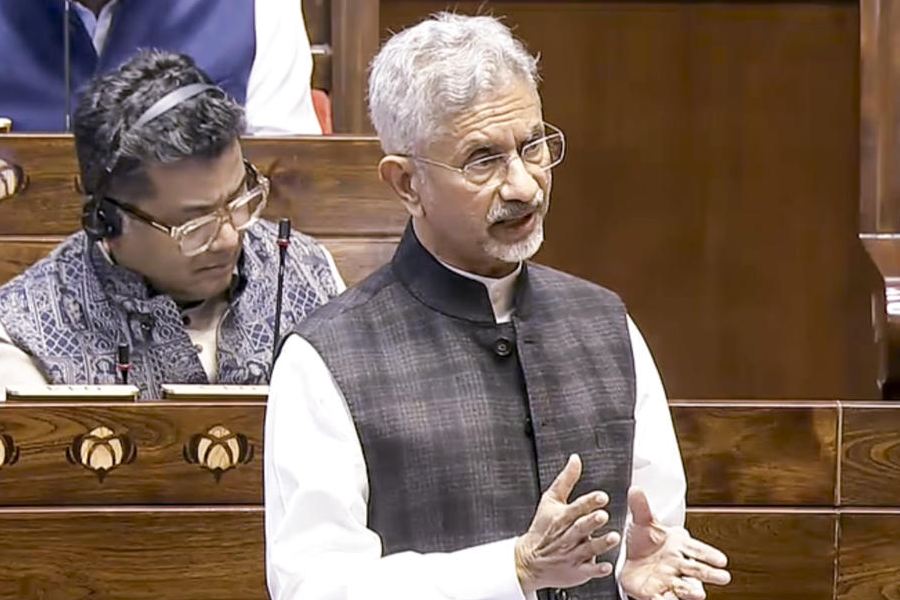A couple of days ago, the Supreme Court had this to say about the feeding of community dogs: “If you’re so interested in feeding them, feed them at home.” This was the response in a case where the petitioner was asking for designated spaces where these dogs could be fed. The court’s concern was the safety of people
who cycle or walk the streets. I believe these comments are also a response to incidents of attacks by dogs that have been reported over the past year or so, especially from Kerala.
This is a complex, if not a delicate, issue. On the one side are human beings and, on the other, dogs. While many of us may idealistically profess that all lives are important, the reality is very different. We are at the top of the existential pyramid, laws are made for our safety and security, and all other species have rights as long as their actions fulfil or suit our needs. Pets are fine as long as they do not become a public nuisance. Cruelty against animals is also subservient to the needs of citizens. Unfortunately, community dogs do not find any place in these understandings. They are not privately ‘owned’, neither are they in the wild. Hence, they fall in a gap between the two.
No one can deny that many people, including children, have been attacked by dogs, and that this is a serious concern. But neither the courts nor civil society are willing to address the reasons behind these incidents. On most occasions, these attacks are a result of continuous abuse of these dogs which includes stoning them for fun and beating them with sticks. They are assaulted from the time they are pups, often in front of our eyes, but we do little to stop these inhuman acts. The life of a dog on the street is not as valued as a ‘privately-owned’ pet. If we knew of a neighbour who was ill-treating his dog, we would call for help and rescue. This is definitely not the case with community dogs. We do not believe they have a right to a non-violent life. The starvation of these dogs is but an extension of our unconcern.
This carelessness towards another life emanates from how we perceive the commons. We keep our homes clean, but litter the street. We demand clean water but allow the polluting of our rivers and lakes. We complain about the heat but do little to stop the concretisation of our cities. These dichotomous stances regarding the personal and the
public reveal our attitude towards the world. The violence against the animal is part of a culture of violence that we practise in our everyday life.
The irrelevance of the street dog’s life is emblematic of what we feel about things that are not privately owned. Shared spaces are somebody else’s concern. As long as we are not personally affected by all that happens on the outside, it does not bother us. Human beings, too, are graded by this private-public perception. All those who take care of our civic amenities are treated like lesser beings. People whose work and culture exist in the commons are degraded and erased. Even the way we view a public sector clerk as opposed to a private sector coder is differentiated by this mindset. Our minds have become a marketplace. When people demand that all community dogs must be culled because they are a danger to society, they are unconsciously exhibiting a deeper aversion towards people and services that do not fall within the ambit of the transaction-benefit model. What we seek is a sanitised environment where animals that live within human settlements can only exist as privately-owned property. Free animals only have the right to survive beyond our eyeline.
Often, even in the case of animal-human conflict in the wild, we encounter a similar response. There is an unwillingness to recognise that our unthinking and self-centred actions have caused these accidents. The knee-jerk reaction is ‘let’s kill’. If we just think about how we try to change people’s attitudes, we will realise that the methods used are, unfortunately, also ‘matlabi’. We need to convince people that they gain in some manner from the existence of the wild! The dangled carrot can be environmental, economic, even aesthetic! The wild, of its own accord, has no right on this planet.
Let’s come back to our community dogs. Do they have a right to live?
The answer is, without a doubt, a resounding affirmative. But that is a limited question. How are we going to ensure that they have a safe life? This is where volunteers who feed them and ensure that they are vaccinated play such a humane role. They take care of the physical and the psychological needs of these animals and also keep all of us safe. We can walk past dogs, cycle or run without the fear of an unprovoked attack. A mind reset is required; a recalibration that includes dogs on the street as part of our community as much as we want trees and birds in our neighbourhood. Let us remember we brought these dogs to the street.
As I write this piece, we are struggling to find ways of vaccinating a few dogs on our street. Getting people to come and catch the dogs and vaccinate them is far more difficult than it seems. The active involvement of the government is essential in this regard. It needs to play its part as a welfare State to protect the people and the dogs since that is the only mechanism that has the resources or the reach to address this problem. There is another ethical knot — the spaying of dogs. In trying to find a balance between safeguarding animal and human life, this is a necessity.
Having said all this, we cannot ignore the ingrained fear that many people feel when they see a dog loose on the road. This is real and comes from probably horrific past experiences and stories of dogs biting. It could just be a fear of animals. All this needs to be addressed with empathy through community education and interaction. We cannot ignore these concerns or treat people who are terrified as anti-animal or uncaring. Animal activists often make this mistake and, in so doing, alienate large sections of the population.
In our social consciousness, the term, intersectionality, has gained a lot of ground. There is now a realisation that societal imbalances and arrangements cannot be challenged in silos. They combine to inform and accentuate inequalities. The issue of community dogs must not be seen as an isolated matter. It is intertwined with how we view societal hierarchies. As much as social activists need to participate in this conversation, animal activists need to see the limitations in their arguments when they ignore religious, caste, gender, race and religious oppression.
T.M. Krishna is a leading Indian musician and a prominent public intellectual

